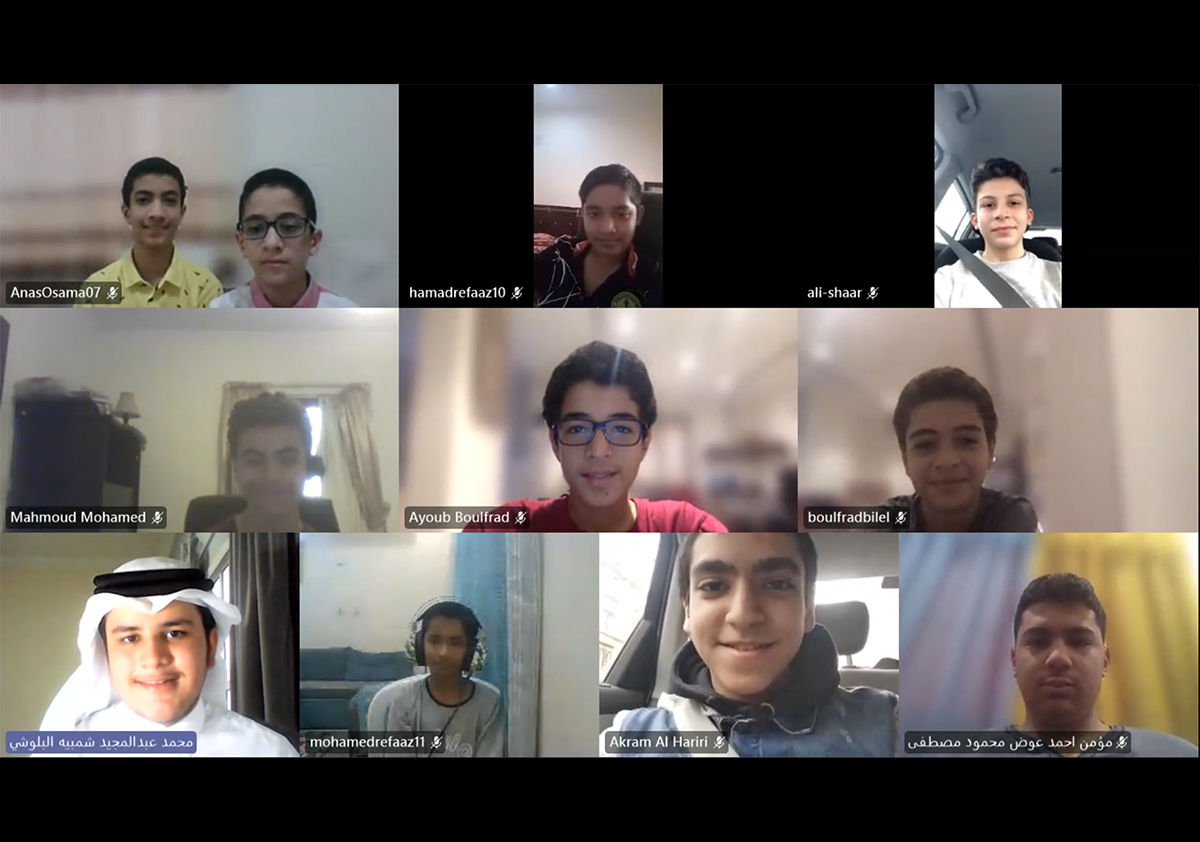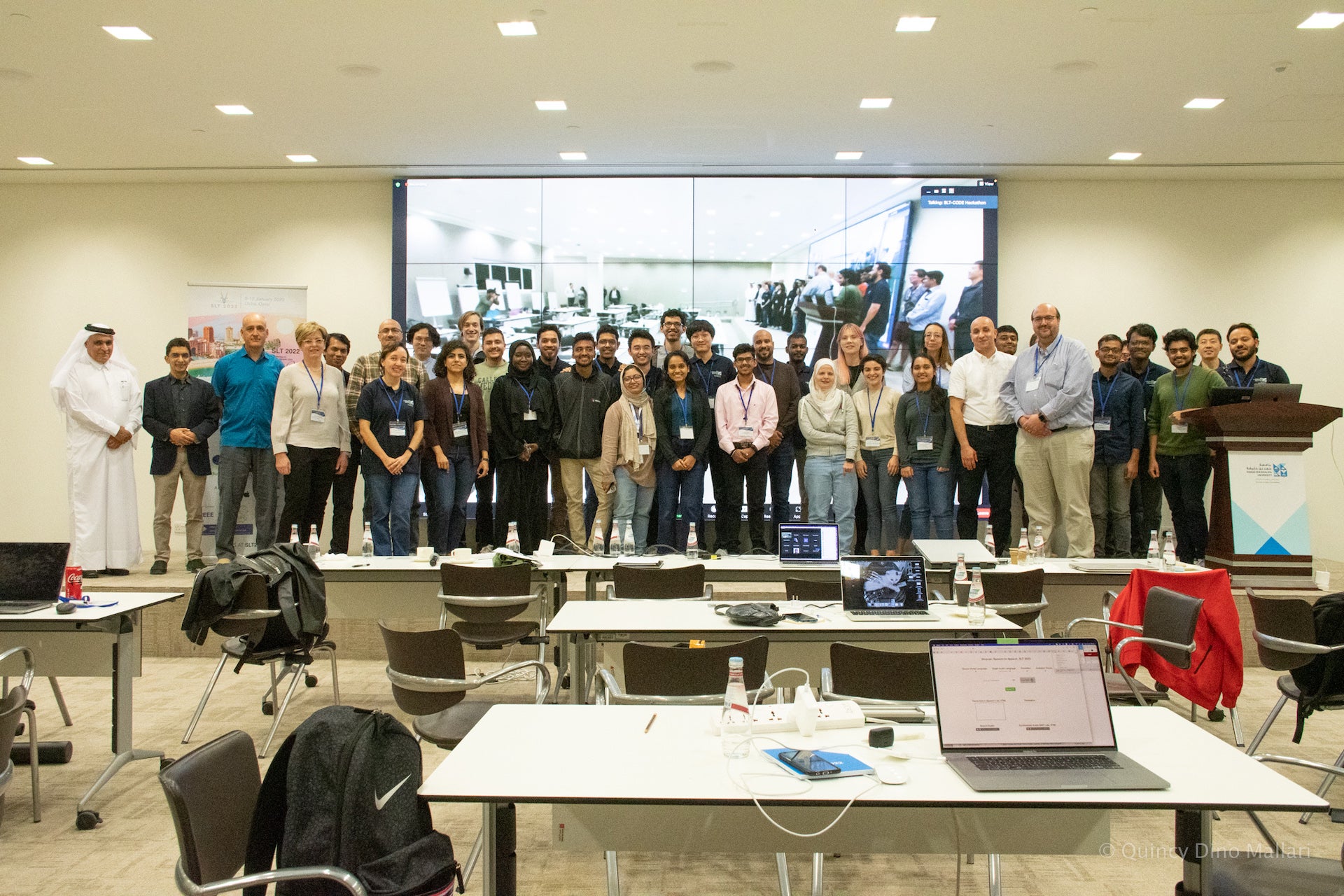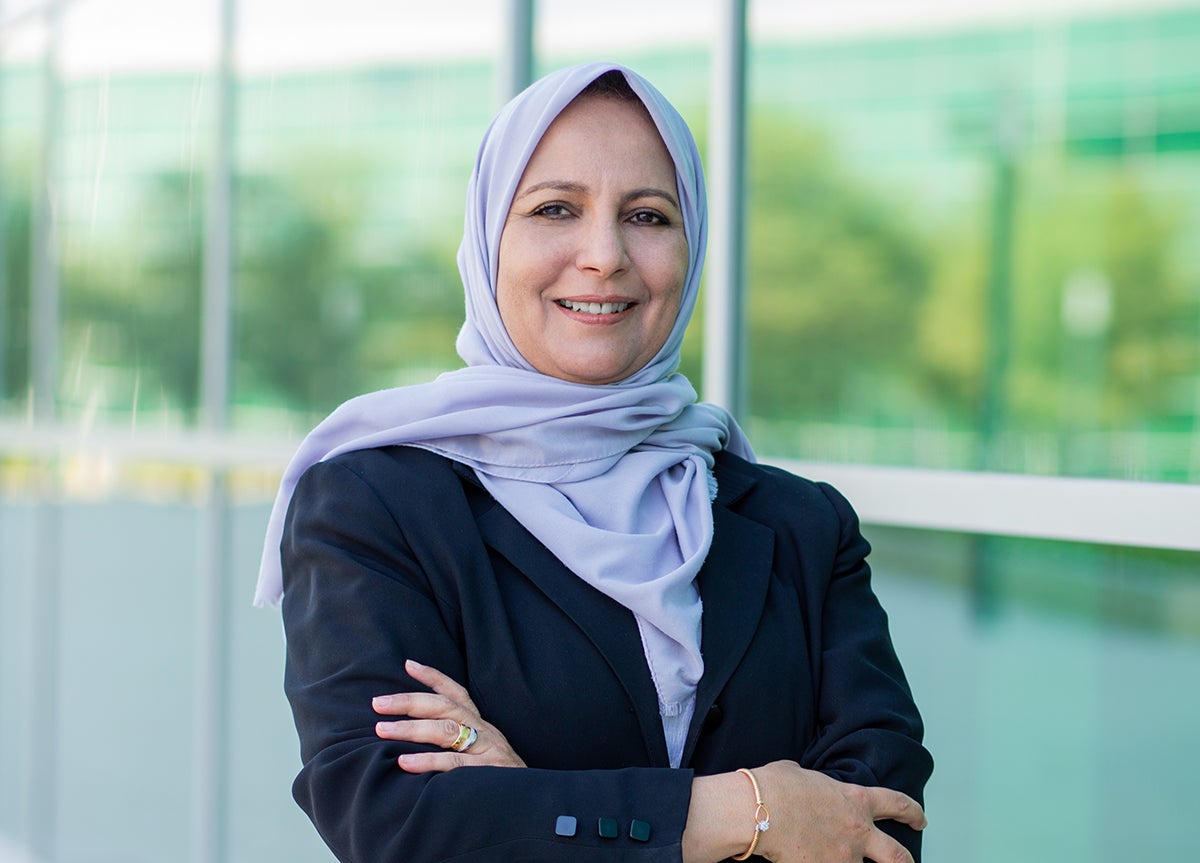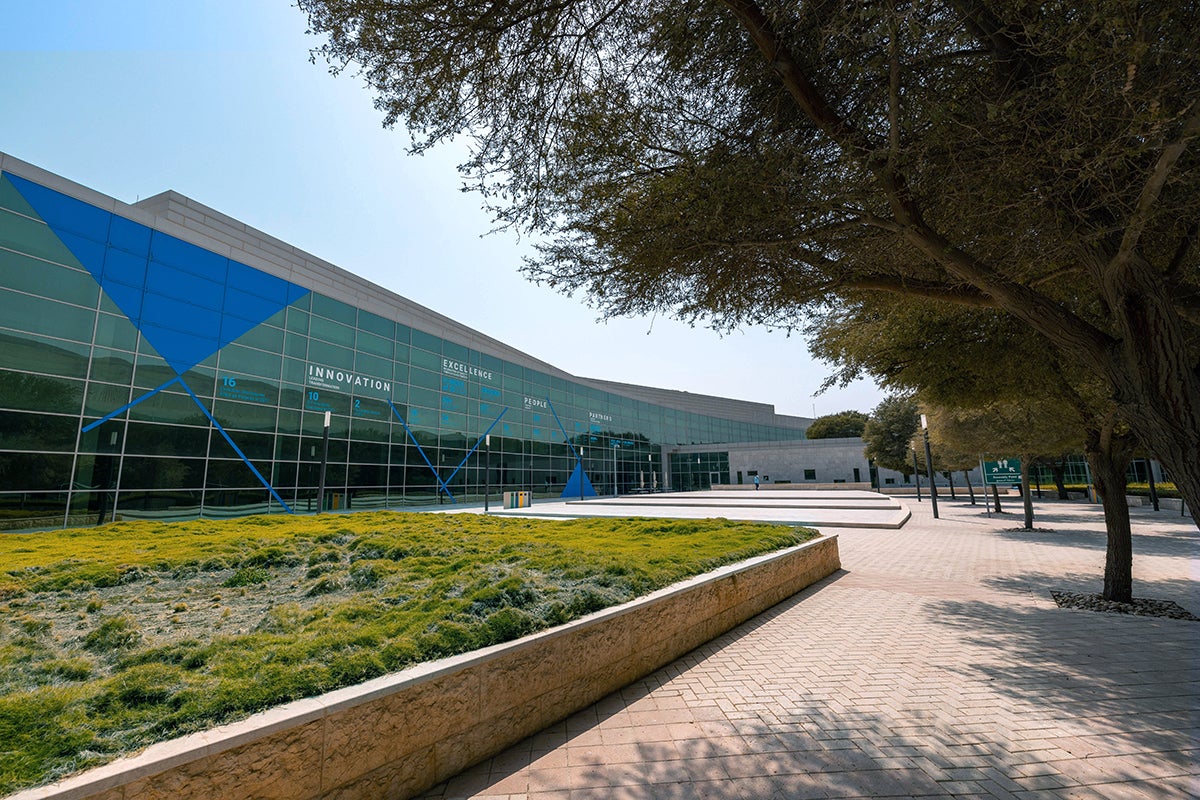
On May 28, the United Nations General Assembly proclaimed September 9 as the International Day to Protect Education from Attack. Initiated by the State of Qatar with the support of 60 states, the occasion will serve as an annual call for international action to safeguard education in armed conflict zones. One of the main supporters of the resolution was HH Sheikha Moza Bint Nasser, the Founder of Education Above All (EEA).
Qatar’s and the EAA’s efforts to secure access to life-changing education opportunities nevertheless extend beyond the debating chamber into more practical settings. Further initiatives include Mapping Education Insecurity, an online platform which highlights attacks on education facilities in the Middle East and North Africa (MENA), as well as Twitter posts highlighting instances of education insecurity. One of the driving forces behind this groundbreaking initiative is Qatar Computing Research Institute (QCRI) at Hamad Bin Khalifa University (HBKU).
Combining Human and Machine Intel
Mapping Education Insecurity relies on data provided by the Armed Conflict Location & Event Data Project (ACLED) and Artificial Intelligence for Digital Response (AIDR) platforms. Developed by QCRI in partnership with the United Nations Office for the Coordination of Humanitarian Affairs (OCHA) and the Standby Task Force, AIDR filters and classifies social media messages related to emergencies, disasters, and humanitarian crises to assist relief operations. In doing so, the platform uses human and machine intelligence to automatically tag thousands of messages per minute and identifies pertinent reports useful for disaster response and management in real-time.
Since coming online, AIDR has gone from strength-to-strength winning the 2015 Open Source Software System Challenge and being featured in international media. Yet, when it came to tracking and analyzing education insecurity, the developers saw scope for a standalone project. However, the main strength of AIDR was in the processing of natural disasters social media data. For Mapping Education Insecurity to come to life, QCRI and its partners would need to train new robust models from scratch.
For its part, QCRI oversaw the real-time mining of multilingual social media data highlighting attacks against education entities and other instances of insecurity. Working with OCHA, members of QCRI’s Crisis Computing Team developed a social media collection strategy based on domain-specific keywords. AIDR was then used to train and define machine learning classifiers in Arabic, English and French.
After several months of research and development, Mapping Education Insecurity came online in May 2019. Beyond AIDR, project partners include EEA, OCHA the Centre for Humanitarian Data. All have overseen the creation of a platform that has already processed millions of Tweets related to education insecurity. The data provided by AIDR is shared with humanitarian and crisis response organizations through OCHA’s Humanitarian Data Exchange platform (HDX) and has been downloaded more than 100 times by different entities over the past three months. Mapping Education Insecurity visualizes data through an online dashboard which provides continuous updates to the community.
Confidentiality is an essential feature of Mapping Education Insecurity. All data is shared through secure private channels and uploaded after removing personally identifiable information. Another layer of confidentiality is provided by filtering processes. Mapping Education Insecurity has the built-in ability to identify and discard irrelevant data. In doing so, only 8% of Arabic, 15% of French and 34% of English data makes its way to practitioners and other stakeholders. This typically represents the most accurate, credible and verifiable data captured by the platform.
Looking Ahead
AIDR’s ability to work with new automated data processing use cases points to a bright future for the Mapping Education Insecurity platform. The system is capable of accommodating new models in different languages, meaning that the project’s reach could one day extend beyond the MENA region.
“AIDR can also process imagery using state-of-the-art computer vision techniques,” said Dr. Ferda Ofli, a senior scientist with the QCRI’s Social Computing group. “In the future, Mapping Education Insecurity could be used to collect social media images showing damage to schools, universities and other education institutions.”
The versatility of Mapping Education Insecurity also resonates with how societies consume information and interact with media. Research shows that social media platforms regularly break emergencies faster than television stations and radio channels. Moreover, studies suggest that Twitter, Facebook and others are an invaluable source of eyewitness reports of emergencies, quite often from different perspectives. Accordingly, AIDR is capable of developing scalable solutions to contend with the rapidly evolving nature of information gathering, processing and consumption. This bodes well for regional efforts to map, and ultimately tackle, all forms of education insecurity.
This feature was drafted with the support of Dr. Muhammad Imran, who is a Research Scientist at the Qatar Computing Research Institute (QCRI), where he leads the Crisis Computing team under the Social Computing group from both science and engineering directions.
Related News
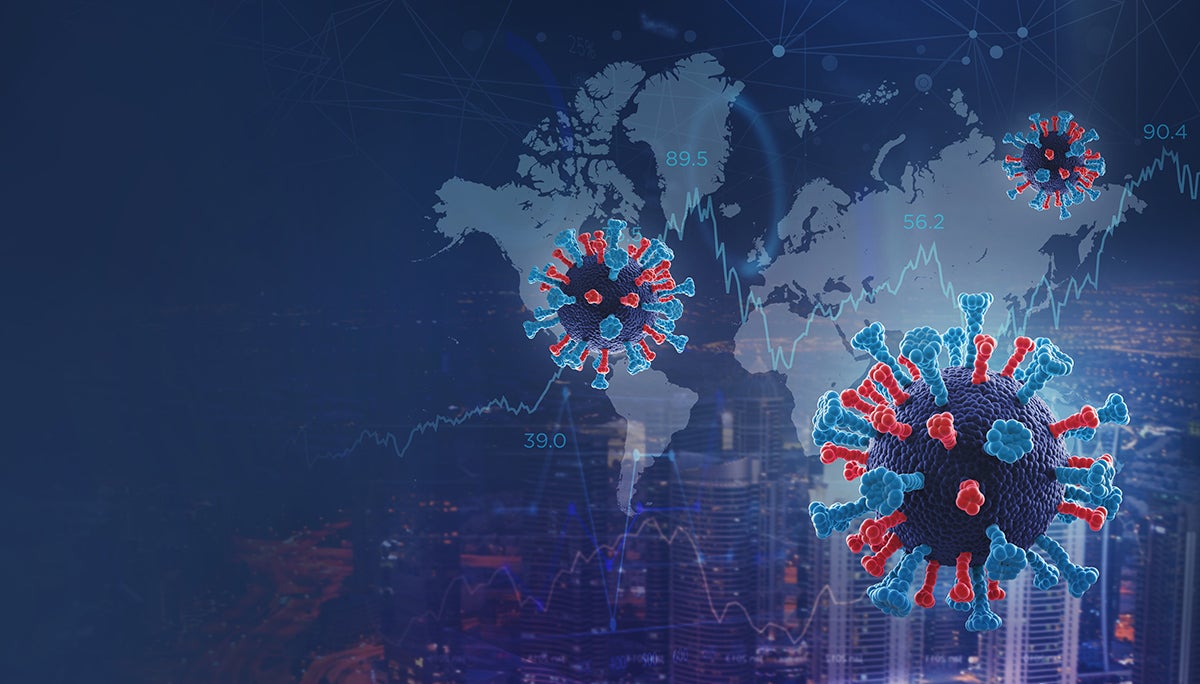
Artificial Intelligence Can Help Us Prepare for and Respond to Future Pandemics
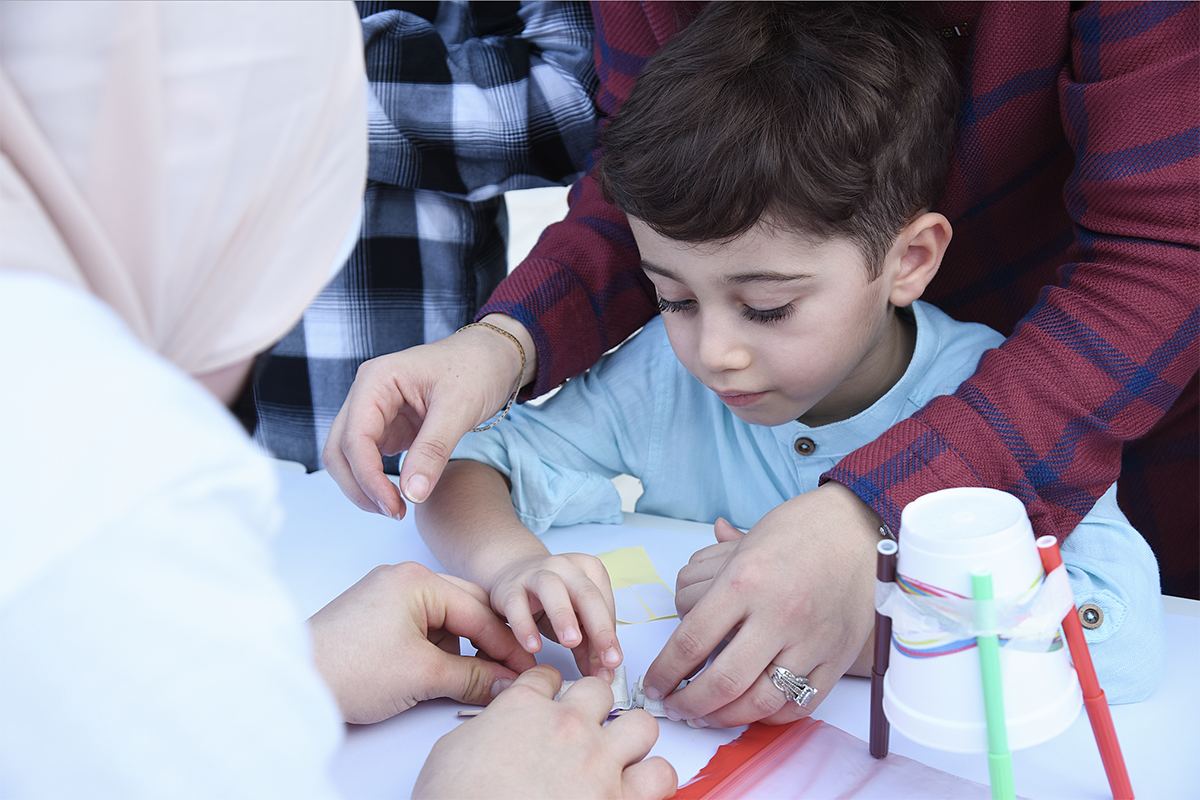
Qatar Computing Research Institute Presents “Mother-Child Tech Fun” with Hamad Bin Jassim Center
